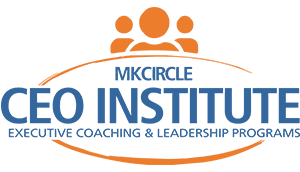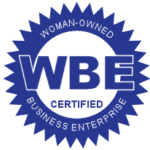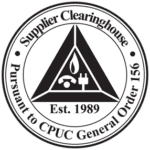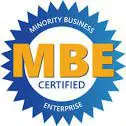Board Engagement and Valuation
Program Overview
Meeting 2 – Board Engagement and Valuation
The Board Engagement and Valuation section of the training focuses on important aspects related to enhancing board engagement and evaluating board performance. This section is divided into three areas:
- Board Evaluation: This area emphasizes the need for boards to conduct comprehensive self-assessments approximately every two years to evaluate their own performance. Structured self-reflection allows board members to assess their collective performance and individual responsibilities. While more frequent evaluations may be chosen, a formal assessment every year is generally not necessary. Adequate time should be allowed between assessments to implement improvements identified through the evaluation process.
- Board Orientation: Recognizing the importance of onboarding new board members effectively, this area highlights the need to formalize the board’s new member orientation process. The orientation process should be documented and streamlined to ensure consistent and relevant information is provided to all board members regarding their governance responsibilities, the organization, and the board’s expectations.
- Bylaws Review: This area emphasizes the periodic review of the bylaws and the timely implementation of necessary amendments. Bylaws formalize the board’s structure and practices. As the board’s needs and external circumstances evolve over time, it is important to review the bylaws periodically to ensure their continued appropriateness and identify any missing clauses. It is advisable to engage an attorney to verify compliance with state statutes during the bylaws review process.
Through these three areas, the Board Engagement and Valuation section of the training program equips boards with the tools and knowledge to enhance board engagement, evaluate performance, streamline new member onboarding, and ensure the bylaws align with the board’s evolving needs and legal requirements. By focusing on these areas, boards can strengthen their governance practices, optimize board performance, and contribute to the overall success of the organization.
